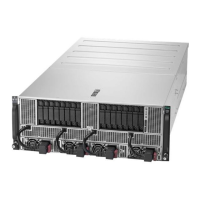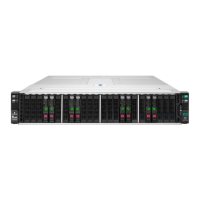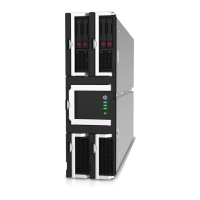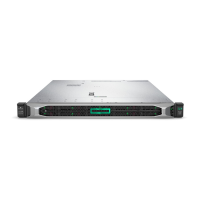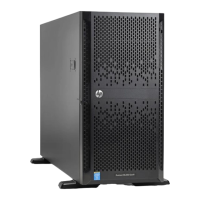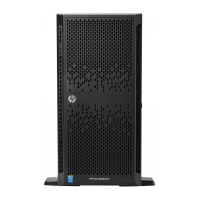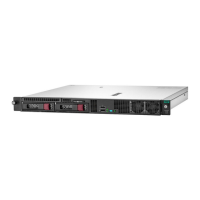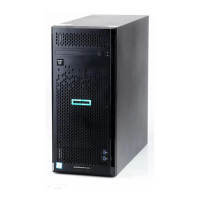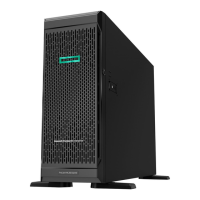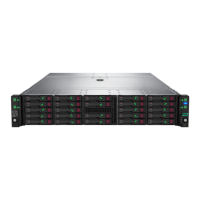The boot device and the drives installed on the boot device are not hot-pluggable. To remove the boot device, or a
drive from the boot device, you must first power down the server.
WARNING: WARNING: To reduce the risk of personal injury from hot surfaces, allow the drives and the internal system
components to cool before touching them.
2. Back up all server data.
3. Power down the server.
4. Remove all power:
a. Disconnect each power cord from the power source.
b. Disconnect each power cord from the server.
5. Remove the server from the rack .
6. Place the server on a flat, level work surface.
7. Remove the access panel.
8. Remove the PCI riser cage.
9. Remove the boot device.
10. Remove the drives from the boot device.
Retain these drives for installation onto the replacement boot device.
To replace the component, reverse the removal procedure.
Removing and replacing a Removing and replacing a boot deviceboot device drive drive
The boot device supports two physical drive sizes:
22110 (110 mm)
2280 (80 mm)
Two drives of the same physical size, or one of each size, can be installed at the same time. Depending on the replacement drive size,
you might need to relocate the M.2 drive retaining latches on the boot device.
PrerequisitesPrerequisites
Review the boot device drive bay LEDs to determine the failed drive.
ProcedureProcedure
1. Observe the following alerts:
CAUTION:CAUTION:
The boot device and the drives installed on the boot device are not hot-pluggable. To remove the boot device, or a
drive from the boot device, you must first power down the server.
WARNING: WARNING: To reduce the risk of personal injury from hot surfaces, allow the drives and the internal system
components to cool before touching them.
2. Back up all server data.
3. Power down the server.
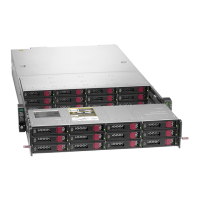
